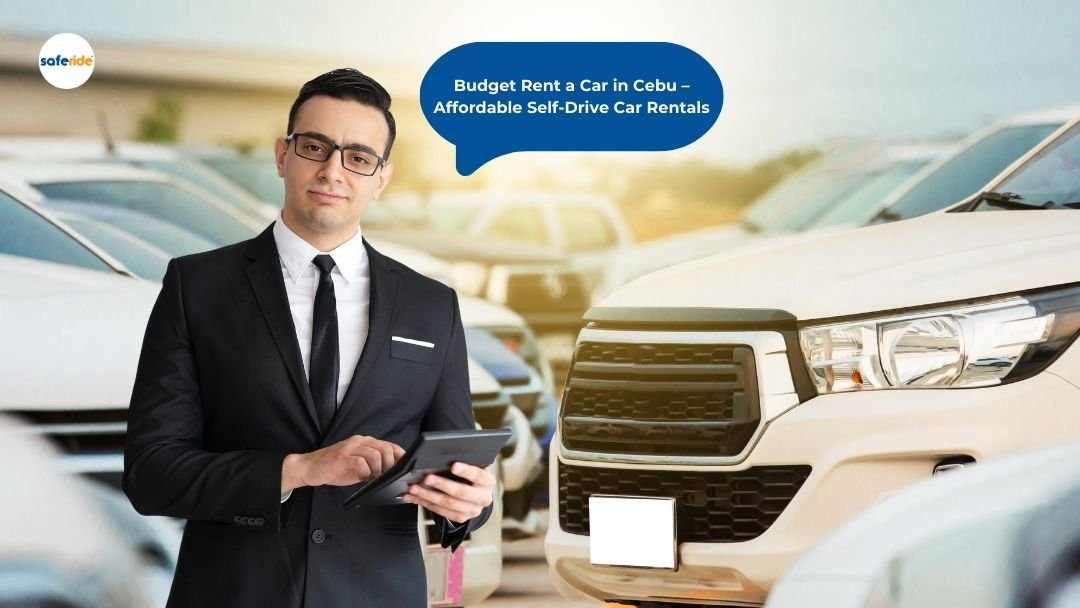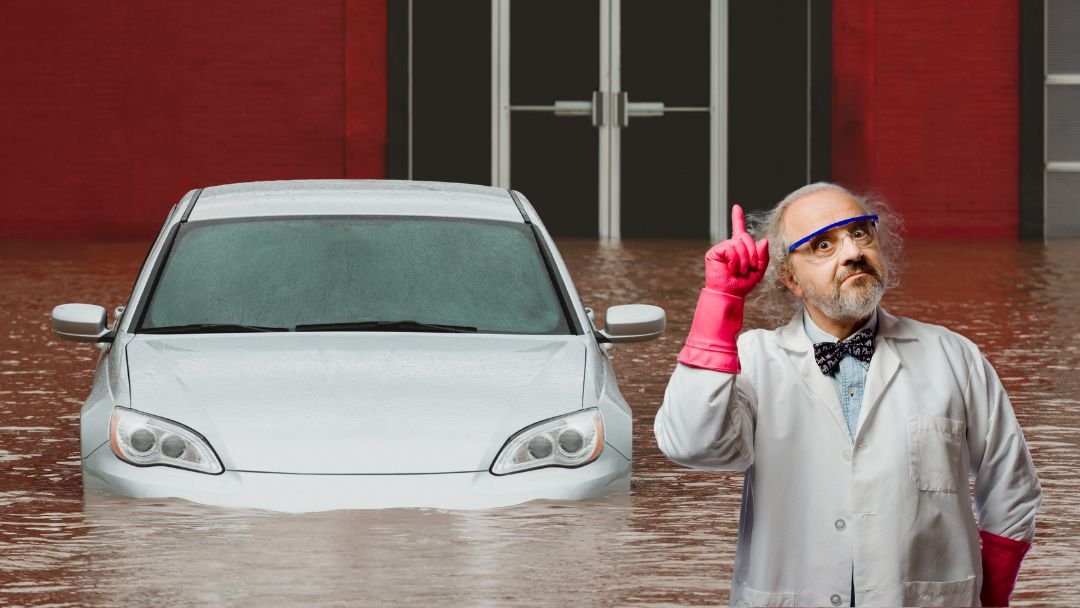Whether you’re planning a vacation, a business trip, or simply need transportation for your daily commute, the decision between using a car rental service or relying on public transportation can be a crucial one. Both options have their own advantages and considerations, and choosing the right mode of transport depends on various factors such as cost, convenience, flexibility, and personal preferences. In this article, we will compare car rentals and public transportation to help you make an informed decision.
1. Introduction
When it comes to transportation options, car rentals and public transportation are two popular choices. Car rental services provide the freedom to travel at your own pace, while public transportation offers a cost-effective and eco-friendly alternative. Let’s dive deeper into the comparison and find out which option suits your needs better.
2. Cost Comparison
2.1 Car Rental Costs
Renting a car typically involves paying for the rental fee, insurance, fuel, and any additional charges. The cost varies depending on factors such as the duration of the rental, type of vehicle, and location. Additional expenses like parking fees and tolls should also be considered.
2.2 Public Transportation Costs
Public transportation costs usually involve buying tickets or passes for buses, trains, or trams. The fares are generally lower compared to car rentals, especially for shorter distances. However, if you frequently travel long distances or have a large group, individual ticket prices can add up.
3. Convenience and Flexibility
3.1 Car Rental Convenience
Car rentals offer unparalleled convenience and flexibility. You have the freedom to choose when and where you want to go, allowing for spontaneous detours and exploration. You can also carry more luggage and travel comfortably with your family or friends.
3.2 Public Transportation Convenience
Public transportation is convenient for urban areas with well-connected networks. It saves you from the hassle of driving in traffic, finding parking spaces, and dealing with maintenance issues. However, the schedules and routes may limit your flexibility and require planning ahead.
4. Accessibility
4.1 Car Rental Accessibility
Car rentals provide easy access to remote areas and tourist destinations that might not be well-served by public transportation. You can reach off-the-beaten-path locations and have the freedom to explore at your own pace. However, traffic congestion and unfamiliar driving conditions in certain areas can pose challenges.
4.2 Public Transportation Accessibility
Public transportation is highly accessible in cities and populated areas. It offers a network of buses, trains, and subways that can take you to major attractions, airports, and business districts. Public transportation is particularly useful if you prefer to avoid the stress of driving in busy city centers.
5. Comfort and Privacy
5.1 Car Rental Comfort and Privacy
Car rentals provide a higher level of comfort and privacy compared to public transportation. You can control the temperature, play your favorite music, and enjoy a more personalized travel experience. Additionally, you won’t have to share the space with strangers.
5.2 Public Transportation Comfort and Privacy
Public transportation can be crowded, especially during peak hours. You might have to stand or share seats with other passengers. Although some public transportation systems offer comfortable seating and amenities, the level of privacy is significantly lower compared to car rentals.
6. Environmental Impact
6.1 Car Rental Environmental Impact
Car rentals contribute to carbon emissions and environmental pollution due to individual vehicles on the road. However, the impact can be reduced by choosing fuel-efficient or electric vehicles. Carpooling and renting hybrid cars are eco-friendly options.
6.2 Public Transportation Environmental Impact
Public transportation is generally considered more environmentally friendly. Buses and trains can transport a large number of passengers, reducing the number of individual vehicles on the road. This leads to lower carbon emissions and less traffic congestion.
7. Safety and Security
7.1 Car Rental Safety and Security
Car rentals provide a sense of security, especially if you’re traveling with valuable items or have specific safety requirements. You have control over who enters the vehicle, and the responsibility for maintaining safety measures rests with you.
7.2 Public Transportation Safety and Security
Public transportation systems prioritize passenger safety. They have security measures, surveillance cameras, and trained staff to ensure a safe journey. However, crowded public transport can be susceptible to pickpocketing and other minor security concerns.
8. Local Knowledge and Exploration
8.1 Car Rental Local Knowledge
Renting a car allows you to explore a destination at your own pace and visit lesser-known attractions. You have the freedom to deviate from traditional tourist routes and immerse yourself in local culture and experiences.
8.2 Public Transportation Local Knowledge
Using public transportation provides an opportunity to interact with locals and gain insights into the culture and lifestyle of a place. Bus and train routes often pass through residential areas and smaller communities, offering a glimpse into the everyday lives of locals.
9. Traffic and Parking
9.1 Car Rental Traffic and Parking
Driving a rental car can be challenging in areas with heavy traffic congestion or limited parking spaces. Rush hours, road construction, and parking fees can cause inconvenience and delays, especially in busy city centers.
9.2 Public Transportation Traffic and Parking
Public transportation helps you avoid the stress of driving in traffic and searching for parking spots. However, delays or disruptions in service, especially during peak hours, can impact your travel plans and require flexibility in your schedule.
10. Maintenance and Responsibility
10.1 Car Rental Maintenance and Responsibility
When renting a car, you’re responsible for its maintenance, cleanliness, and returning it in good condition. Any damage or accidents during the rental period may result in additional costs or insurance claims.
10.2 Public Transportation Maintenance and Responsibility
With public transportation, the responsibility for vehicle maintenance and cleanliness rests with the service provider. You don’t have to worry about refueling, cleaning, or repairing the vehicle.
11. Cultural Experience
11.1 Car Rental Cultural Experience
Renting a car allows you to have a more immersive cultural experience by exploring local cuisine, festivals, and attractions. You can venture into remote areas and interact with locals on your own terms.
11.2 Public Transportation Cultural Experience
Public transportation exposes you to the local way of life, as you share space with fellow passengers from different backgrounds. It offers a chance to observe daily routines, local customs, and engage in conversations with locals.
12. Conclusion
Choosing between car rental and public transportation depends on your specific needs, preferences, and circumstances. If you value flexibility, privacy, and the ability to explore off-the-beaten-path locations, car rentals are a suitable option. On the other hand, if you prioritize cost-effectiveness, convenience, and reducing your carbon footprint, public transportation










